
Looks like you got lost!
We couldn’t find the page you were looking for.
A robot, in simple words, is any machine designed to carry out a task. This would make you say, “So, a calculator, a PC, a vacuum cleaner – all these are also robots?” Not exactly. Robots are machines that use programming to make decisions and carry out tasks. For e.g. a screwdriver is a machine because it carries out the task of fastening a screw, and reduces human effort (who knew defining a machine could be this simple?!). But it is not a robot. If we combine it with a robotic arm, then the entire thing can be called a robot.

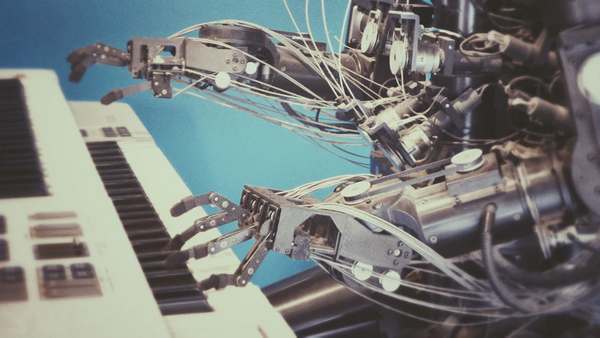
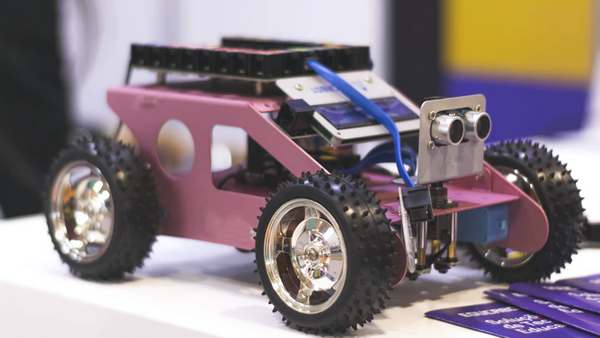
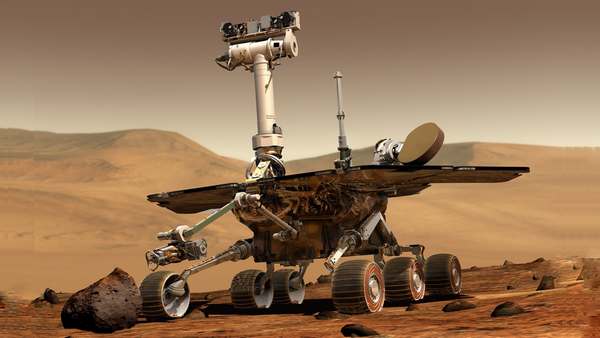
The last two are what we will be making later in this course.
There are many advantages that robots have over humans. Some of them are:
 Source: Youtube (ABBRobotics)[/caption]
Source: Youtube (ABBRobotics)[/caption]
We can find robots in a multitude of fields – right from cleaning your home to celebrating birthdays on Mars. Jokes apart, in the modern world, robots have found a place in almost every field. Some of their endless applications are given below:
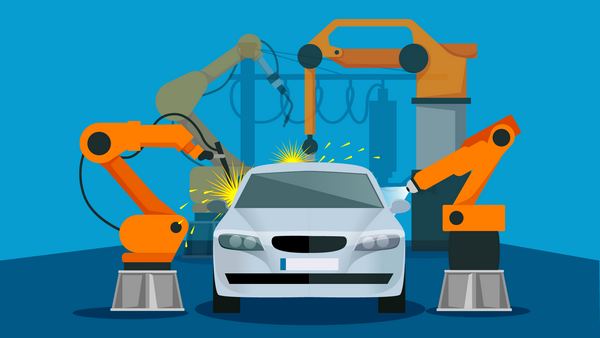
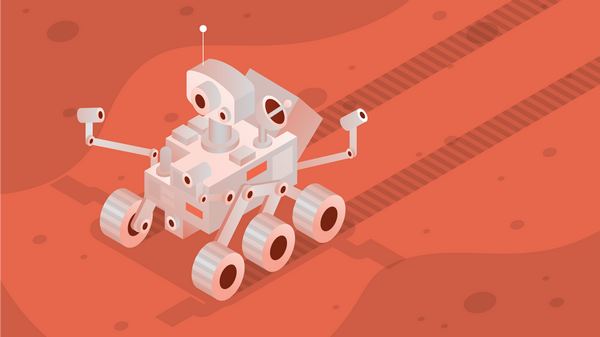
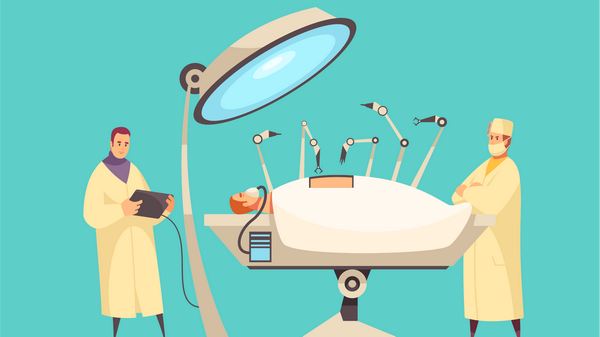
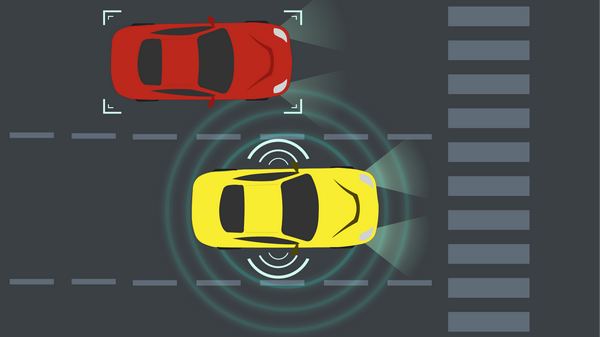

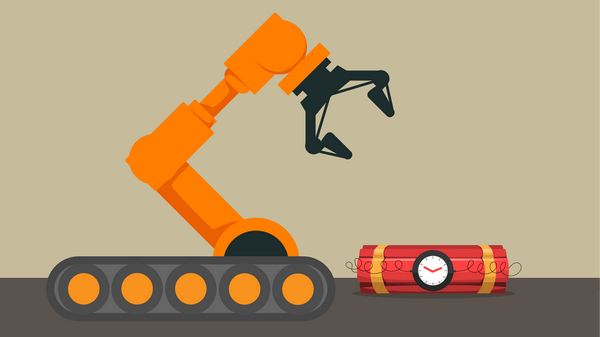


Now that you know what robots are and what their advantages are, let's make our own robot with Quarky's help!
